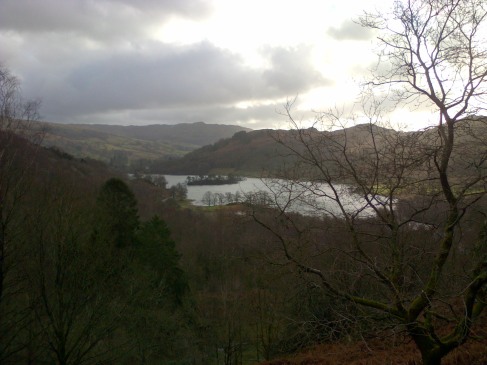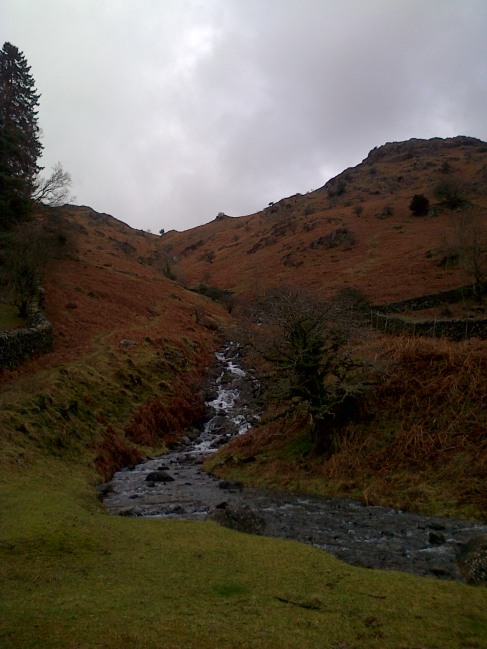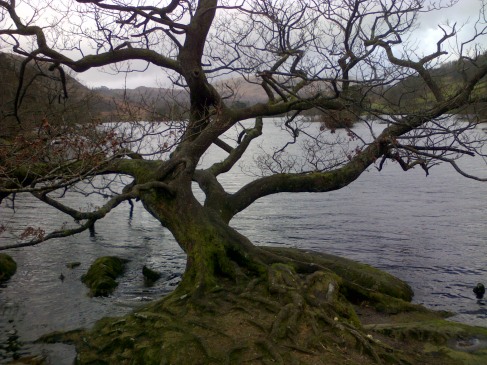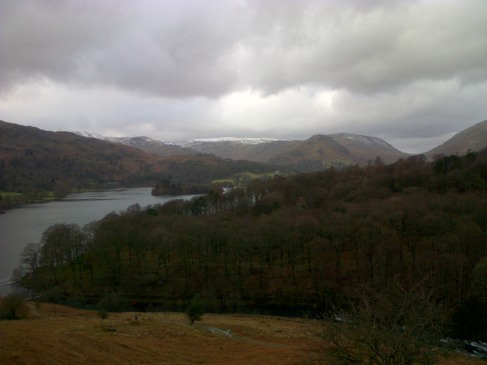I love a public road: few sights there are
That please me more: such object hath had power
O’er my imagination since the dawn
Of childhood, when its disappearing line,
Seen daily afar off, on one bare steep
Beyond the limits that my feet had trod,
Was like a guide into eternity,
At least to things unknown and without bound.
Stock Lane joins Town End to Grasmere village and there’s a stretch of it, around 200 metres long, from the roundabout on the A591 to the carpark, which I have come to think of as holding all the things I have been and experienced this year. I couldn’t count the number of times I’ve walked this road and it has seen me in every state, in every light: I have walked it sober; I have walked it drunk (many times); I have walked it during the day and late at night; I have seen the fields on either side in golden light on the most perfect summer evening imaginable and been soaked by rain coming from every direction; I have seen it crowded with people and utterly deserted; I have stood for ages at the last streetlamp gossiping and smoking; I have lost track of people in the dark and run shrieking hand-in-hand with my friends; I have stood and stared in helpless awe at the full moon rising and the stars and the mist slinking up from the lake, across the fields and over the road; I have argued with boys chasing sheep; I have had conversations of every variety, banal and intellectual and incoherent and delighted; I have been joyous and miserable and angry and content. It’s also probably the best place for feeling how beautiful Grasmere is, surrounded by hills on all sides, held in a cradle of crag and turf and water. I will never get bored of that view of Dunmail Raise (there’s a reason the A591 from Windermere to Keswick was voted Britain’s favourite road). I have loved watching the colours of Silver How changing over the season and seeing the first snow on the tops up around Easedale Tarn.
Stock Lane has taken me to and from some of my most treasured moments from my year in Grasmere. It isn’t a destination, or a point of departure, but that’s probably why it has taken on this memorialising role. Wordsworth understood how we imbue places with meaning, even if we’re just passing through. We leave a trace of ourselves, to be rediscovered when and if we return. On Stock Lane I have left many selves, standing under the streetlamp, running down the road, staring at the sky or simply walking somewhere else.
(with thanks to AL for the photo)





